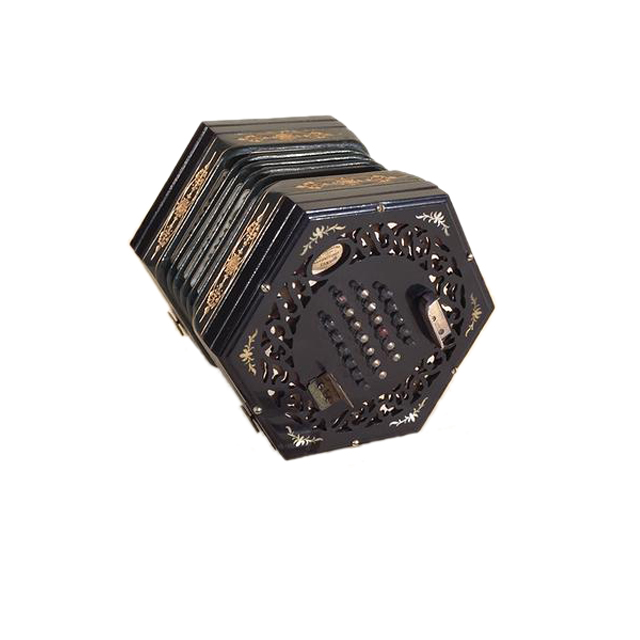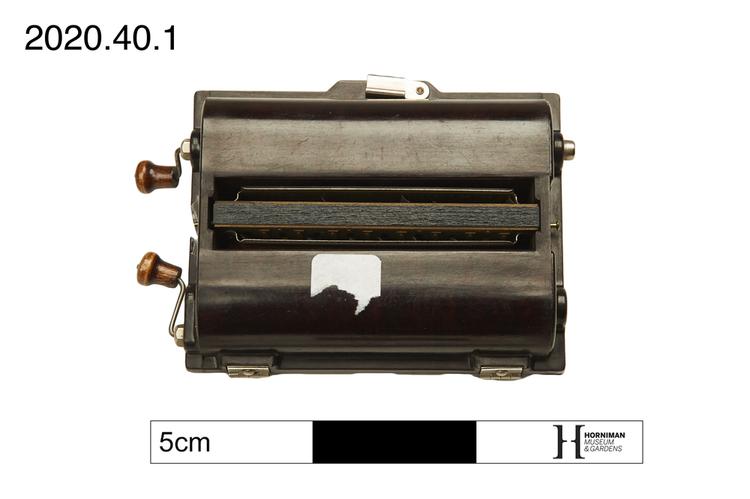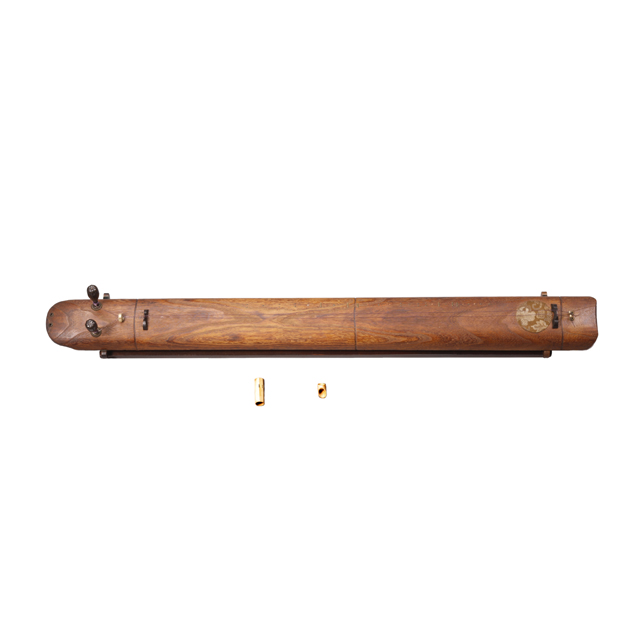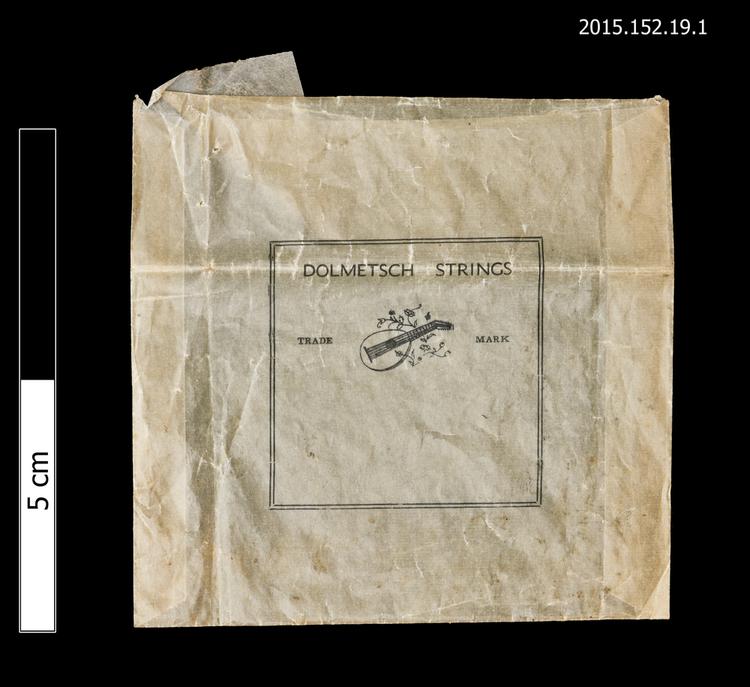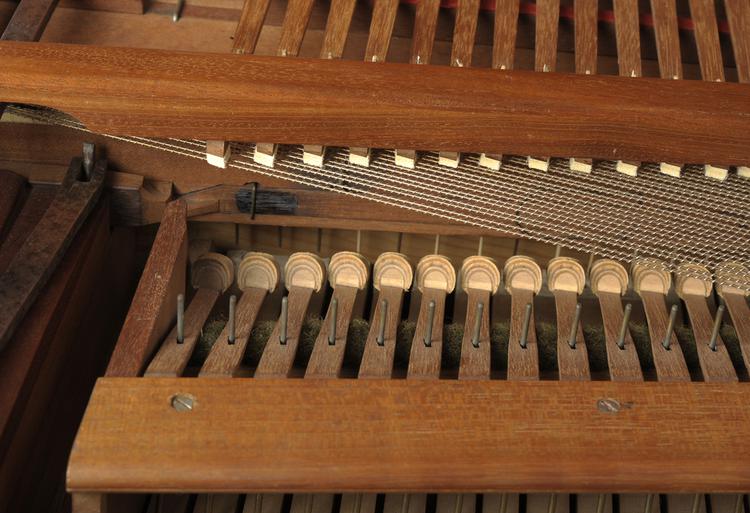
Square piano by Adam Beyer, London, 1777. five octaves, FF, GG-f3 (no FF#). Three handstops, one pedal.
Adam Beyer is regarded by many as the most accomplished craftsman who ever made square pianos. This beautifully preserved example with the ‘single action’ possesses three hands stops. These operate the bass dampers, the treble dampers and a buff stop which pushes a strip of leather against the sounding length of the strings, reducing the instrument’s percussiveness and making it sound more harp-like. Intriguingly, it also includes a pedal-operated swell which opens and closes the far right-hand portion of the lid to heighten the effect of the dynamics (gradations in volume) that can be achieved by varying the force of the touch.
A piano can be regarded as a keyboard-acivated dulcimer. A leather- or felt-covered wooden hammer is propelled towards the string by striking a key. The loudness of the sound is controlled by the force of the player's touch. The piano, allowing more direct control of volume than a harpsichord with its plucked action, gradually grew in popularity. By the early 19th century, the piano's dominance was complete and no well-appointed music room could be without one. The square piano, an inexpensive rectangular model, became the primary agent of this change which was driven by an underlying shift in musical aesthetics. The instrument, compact, yet offering a full range of notes, allowed composers and players of widely varying means to experiment with these new expressive capabilities. Adam Beyer is regarded by many as the most accomplished craftsman who ever made square pianos. This instrument was acquired with support from the National Lottery Heritage Fund at the auction in 2016 at which instruments from the Finchcocks Collection were sold. The Horniman acquired two other keyboard instruments at the same time: the virginals by Onofrio Guarracino (2018.2) and the English chamber organ possibly by Joseph Beloudy (2018.3).



